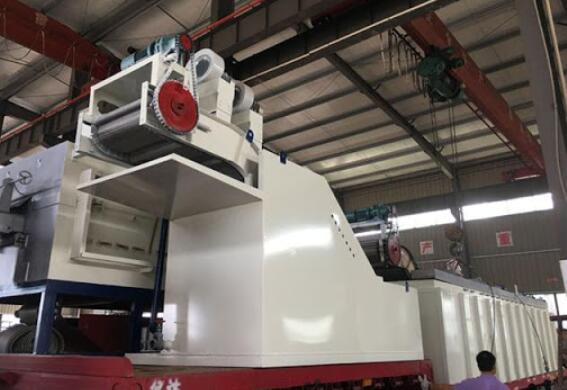Trolley annealing furnace
Trolley annealing furnace is a process for manufacturing semiconductor devices, including heating several semiconductor chips to affect their electrical properties. Heat treatment is designed for different functions. The chip can be heated to excite the dopant, and the thin film can be converted into a thin film or a thin film can be converted into a chip substrate interface, so that the densely deposited thin film can be changed, the grown thin film can be recovered, the injection damage can be repaired, the dopant can be moved or the dopant can be transferred from the substrate. M film to another film or from film to wafer substrate.
The trolley annealing furnace can be integrated into other furnace treatment steps, such as oxidation, or it can be treated by itself. Annealing furnace is designed for heating semiconductor wafer. Annealing furnace is a kind of energy-saving periodic operation furnace with energy-saving structure and fiber structure, saving 60% power.
The frame of trolley annealing furnace is welded with various profiles. The main beam of the outer frame is channel steel, the shell plate is cold plate, the main beam of the trolley is channel steel, and the bottom plate and front and rear end plates are medium plates.
Trolley annealing furnace drive part: the trolley drive adopts a motor, reducer and chain to drive a group of driving wheels at the front end. The furnace door is driven by worm gear reducer and motor.
Sealing: labyrinth sealing structure is adopted for the trolley and furnace body, and automatic sand sealing knife sealing device is installed on both sides of the trolley. The door seal adopts the automatic pressing mechanism of raceway pressure spring to seal the furnace body with excellent refractory brick structure, which conforms to the furnace seal. The pressure bearing part of the trolley is made of high-pressure aluminum brick masonry.
Combustion system of trolley annealing furnace: multiple burners are installed on both sides of the oil furnace. The heat flows back and forth in the furnace to protect the furnace temperature. Automatic and semi-automatic types can be selected as required.







